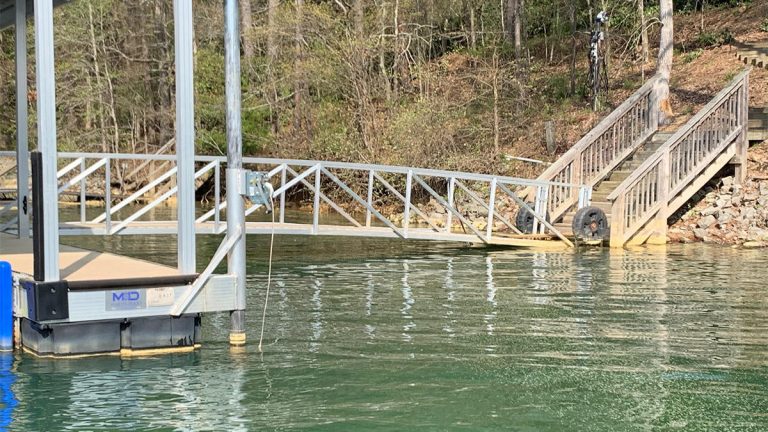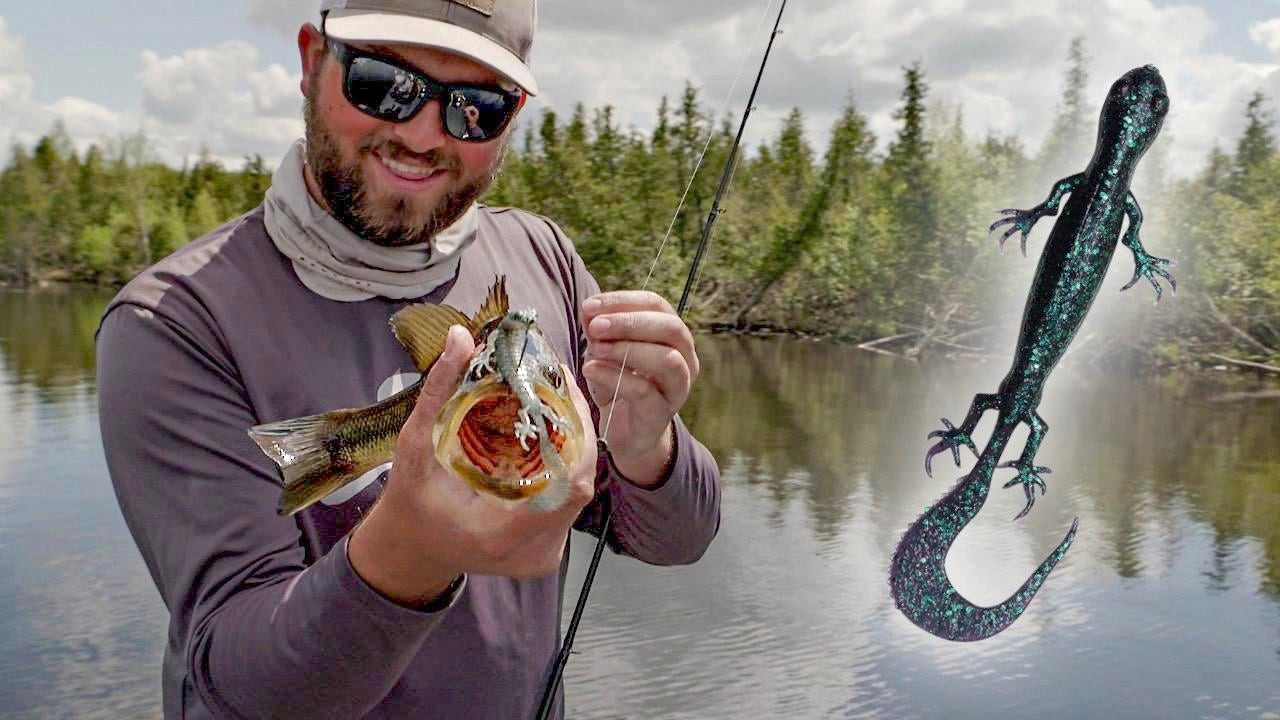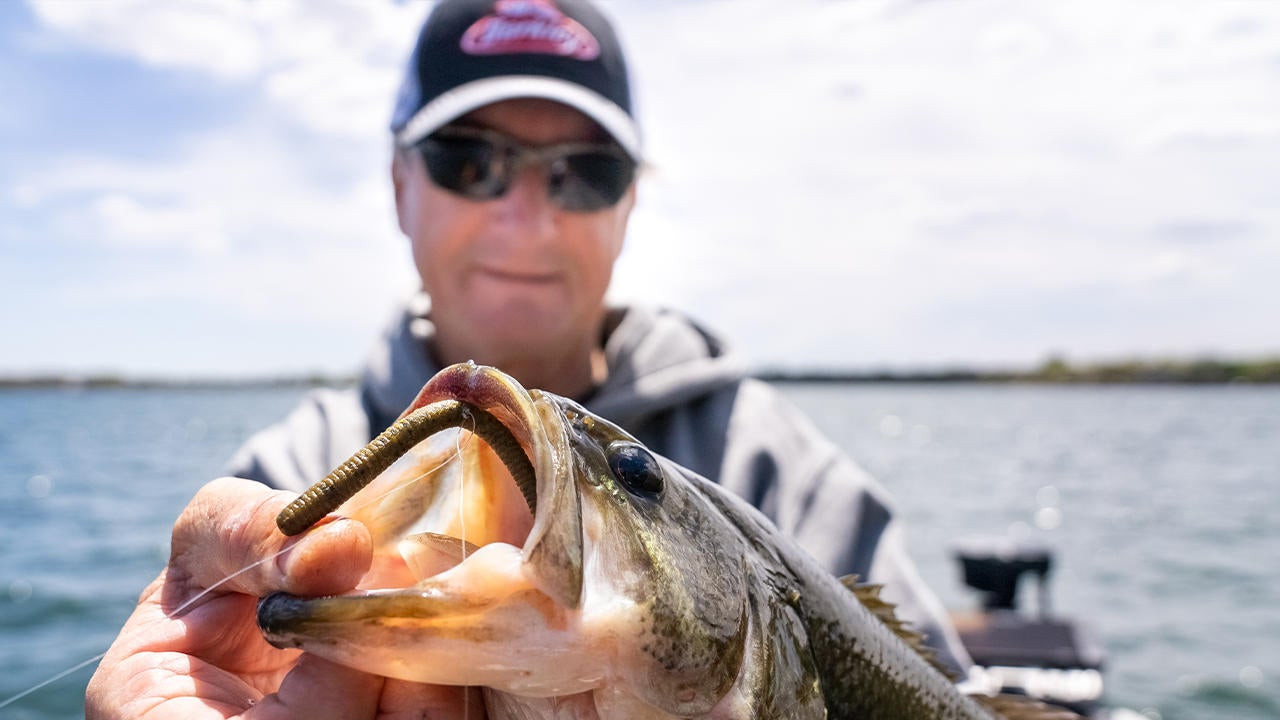It’s no secret to any angler that bass and boat docks go together hand in hand. Whether you’re on a new body of water or you’re struggling to figure out the fish on any given day… no worries. If there are docks present, there is a viable and fairly certain way to catch bass and get a bunch of bites.
In my opinion, docks are the perfect cover for a bass and come in a range of different styles ranging from wooden fixed-post docks, piers, industrial loading docks, large community docks to the most intimidating of all.. the floating dock. I use the word “intimidating” because these docks are typically found on bodies of water that have fluctuating water levels. It can be hard to understand how the bass relate to them and they also have steel cables, winches, floating boat lifts and many other obstacles. I’d say next to electronics, they are the next-most common topic I’ve discussed with anglers while guiding on lakes in the North Georgia area over the last decade.
Without question, floating docks can be go-to places to find bass all year long. So I’m going to dig in here and share some reasons why bass use them and some surefire ways to approach them.
Sides

In most cases, floating docks are found on bodies of water that have clearer water. You’ll typically run across them on highland reservoirs with steep shorelines and systems that average water level fluctuations of 5 to 10 feet a year and in some cases, much more than that.
The areas where these docks are present aren’t usually abundant with shallow-water cover or grasses which makes the docks the next-best place for the bass to use. The shade provides an ideal place for them to hide because they can see out, but the prey can’t see into the shadows.
Paying close attention to the shaded areas and the direction the sun is hitting them will play a big role in your success while fishing them. Often times, the fish will reposition throughout the day as the sun moves overhead and the sides may have support cables in the water like on Alabama’s Smith Lake or larger floating community docks. The fish will gravitate to them, so making your first casts to the side with the most shade will be most productive. I approach the two sides and across the front of the dock first looking for the most aggressive fish, often just making these three casts before moving to the next one. In a way, it’s similar to how you’d approach a shoreline that’s abundant with fallen trees.
Moving baits are typically my go-to options for this and breaking down the lures for each possible scenario here may be a future article in itself; the possibilities are endless. But whether it’s prespawn fishing with jerkbaits and crankbaits or bluegill and shad spawns around the floats later in the season with swimbaits and topwater lures, reach for some type of moving presentation that will allow you to pick apart the sides and cover water until you can determine which docks the fish are using.
Center

That’s right… the center. Way up under there, under the pontoon boat, around the boat lift and behind the dock float is where the biggest one is living most of the time. It’s no different than the nastiest tree or floating grass mat. That’s just where they live! Learning how to skip consistently will unlock floating dock fishing for you, especially on those bright, sunny days.
As a kid fishing on Lake Lanier, I’d take a spinning outfit with 10-pound test, a soft jerkbait or sinking worm rigged weightless and smack dock floats and boat motors until I got it down. That still happens now more than I’d like to admit, but simply put, it just takes practice and repetition with a low-to-the-water, smooth cast. But the important part to this is that’s where the darkest areas are which are indeed the best feeding locations.
In our world, the elder gets to sit at the head of the table and the biggest bucks get the prime feeding spot under the oak tree; it’s no different for bass. You have to put it where the big ones live and you’ll find whether you’re a beginner or a pro, the two baits mentioned above are some of the best for the job.
A more advanced caster may find success skipping a range of baits under there like swim jigs, soft swimbaits and even ChatterBaits with baitcasting gear. Once you’re ready for that, don’t assume you have to go with light tackle. Remember that it’s dark under there so even if the water is clear, I’m still slinging 15-pound line and even heavier in most cases.
Walkway

The walkway, or platform extending from the shoreline to the main platform of the dock, is a prime place to which the bass can relate. I feel most anglers associate this area with where bass will spawn in the spring and it’s certainly a great place to cast that time of year. I’ve found over the years, however, that fish often use this section of the floating docks in all seasons; even the dead of winter feeding on crawfish.
In most cases, the walkway comes with a big challenge: the dreaded support cable holding them in place to the shoreline. But as I mentioned above, skipping will unlock the potential floating docks can provide. If you have the opportunity to skip under the cable… perfect! If you don’t, creep up close enough to make a cast over the cable and be able to lift the fish over or, at the very least, get close enough to net ’em on the other side.
In a recent tournament pro angler Jason Christie won, he said something that stuck with me.
“Your job is to hook the fish first and worry about landing him second.”
That being said, it’s important to remember that this needs to be done without coming in contact with the dock. Always remember that they are private property.
Regardless of the season, in most cases when approaching fish around the walkways I’m reaching for some type of plastic. Shaky heads, jigs and wacky-rigged sinking worms are a sure-fire bet in most cases. The line of shade created by the walkway is an ideal place for shallow-water baitfish like bluegill and shiners to hang out. So when the “big kid at the dinner table” we discussed above decides it’s time to eat, he might just sneak up there for an easy meal. My main focus is just getting a single-hook bait up there which increases my landing percentage and decreases my chances of getting snagged in a place I can’t reach to retrieve a lure.
In conclusion, understanding the most common places bass will position and suspend around floating docks is the key to fishing them. The baits used will change based on the scenario and conditions each day but remember to start with a simple selection and lower-priced lures. There’s no doubt you’re going to get a lot of practice on knot tying along the way, but they can account for some of the best days on the water an angler can have.
Rob Jordan is a professional bass guide and tournament angler specializing in angler development and electronics instruction. Find out more and get in touch with him at RobJordanFishing.com.

















